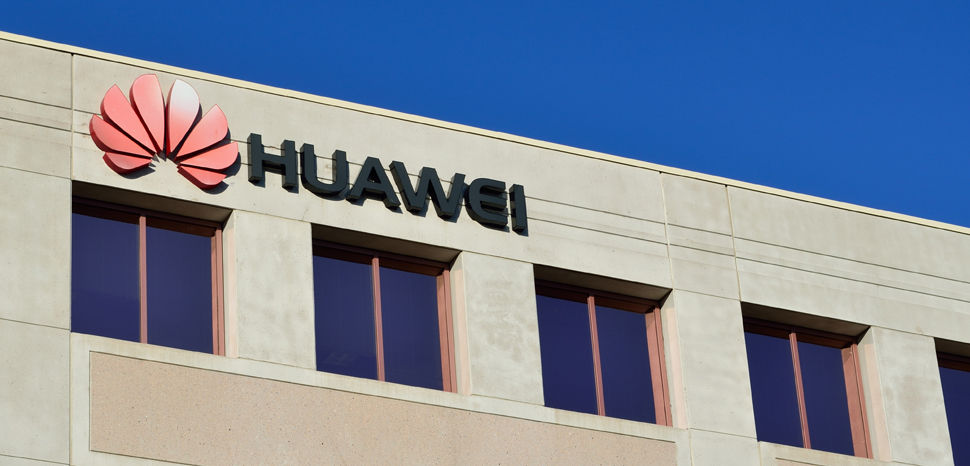Geopolitical Monitor, geopoliticalmonitor.com, May 21, 2019

image from article
Over the past few months, a competition to corner the market on new fifth generation (5G) mobile networks has erupted into a global turf war between the United States and China. Citing national security concerns, Washington has urged its allies and partners around the world to ban the use of equipment manufactured by China’s leading telecommunications company, Huawei, in their 5G infrastructure.
In response to the US government’s actions, Huawei decided to fight back with a tool straight out of the age-old diplomatic playbook: a media campaign directed at American journalists and the US public. This charm offensive could accurately be termed a “public diplomacy” initiative. As defined by diplomatic historian and University of Southern California professor Nick Cull, public diplomacy is “an international actor’s attempt to manage the international environment through engagement with a foreign public.” Huawei’s attempts to woo the US public flopped, but the short episode may still serve as a “teachable moment” for students of public diplomacy and PR.
In late February, Huawei placed full-page ads in The Washington Post and The Wall Street Journal, as well as a link to a digital ad in Politico’s Florida Playbook newsletter, featuring a letter from Huawei executive Catherine Chen titled, “Don’t believe everything you hear.” In the letter, Chen painted Huawei as a company committed to the global good, highlighting its contributions to disaster relief and support for global technology research. “We have put our hearts and souls into connecting the unconnected and bridging the digital divide in underserved locations around the world – places where many other companies aren’t willing to go,” Chen claimed. She then offered an open invitation to “members of the US media” to visit the China-based campus of Huawei and “take what you see and hear back to your readers, viewers, and listeners, and share this message with them.”
Shortly after the ads appeared in US media outlets, a handful of prominent US journalists reported receiving private emails from a public relations firm inviting them to participate in an all-expenses paid trip to Huawei’s headquarters in Shenzhen. Washington Post columnist Josh Rogin posted the email on Twitter and penned a fiery op-ed outlining his reasons for flatly and publicly rejecting the invitation. Rogin made his stance clear: as a journalist, it would go against his professional and personal ethics to accept gifts from a company like Huawei that has close links to the Chinese government.
Some argued that Rogin’s response was overblown, pointing to the fact that the email included the caveat that only if he could accept paid travel would the company cover the costs of the trip, implying an understanding of journalistic ethics. Even so, Huawei’s PR campaign had a deeper flaw.
The real problem with Huawei’s invitation was the entreaty made to journalists in the public ad. In singing her company’s own praises and then calling on journalists to visit and “share this message” with readers, Chen assumed that journalists’ experiences at Huawei would be positive. The invitation implied an expectation that journalists would share her vision of Huawei as a global benefactor after one short trip. In the most uncharitable reading, one might even see her exhortation to share her message as a quid pro quo required in exchange for the trip.
This is where Huawei could have benefited from some best practices used by governments in their public diplomacy outreach. It’s actually quite common for governments to host expenses-paid visits for journalists and civil society members. For example, the US government invites foreign journalists to visit the country for a three-week, expenses-paid exchange program every year through the Edward R. Murrow Program. Participants interact with their American colleagues and learn about the professional environment for various types of journalism in the United States. They sometimes write about their experiences, but they are not told what to write. Similarly, the UK government-funded British Council hosts the Future News Worldwide program, a conference that brings together foreign journalism students to develop their skills as media professionals. But nowhere in their invitations do the conference organizers encourage attendees to share a particular message.
It’s good that Huawei wants to open its doors to foreign journalists. But if the company wants to engender trust, it might do well to allow the experience to speak for itself and let invited journalists reach their own conclusions. After all, the art of public diplomacy lies in the authenticity of people-to-people engagement—not in pushing a pre-fabricated narrative.
Naima Green-Riley is the YPFP Asia-Pacific Fellow and PhD candidate at Harvard University’s Department of Government.
The views expressed in this article are those of the authors alone and do not necessarily reflect those of Geopoliticalmonitor.com or any institutions with which the authors are associated.
No comments:
Post a Comment